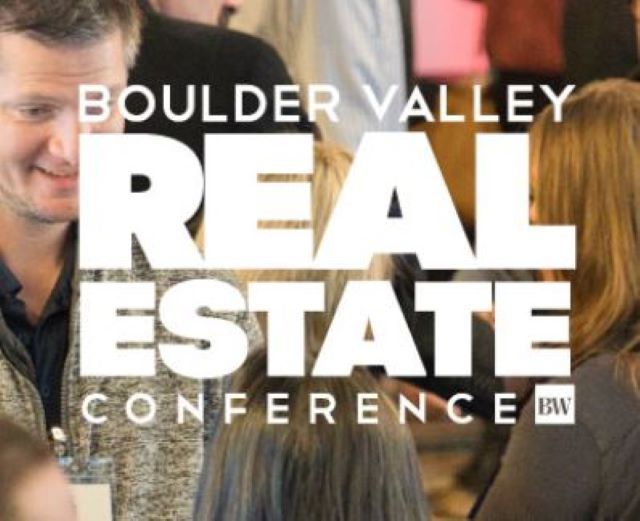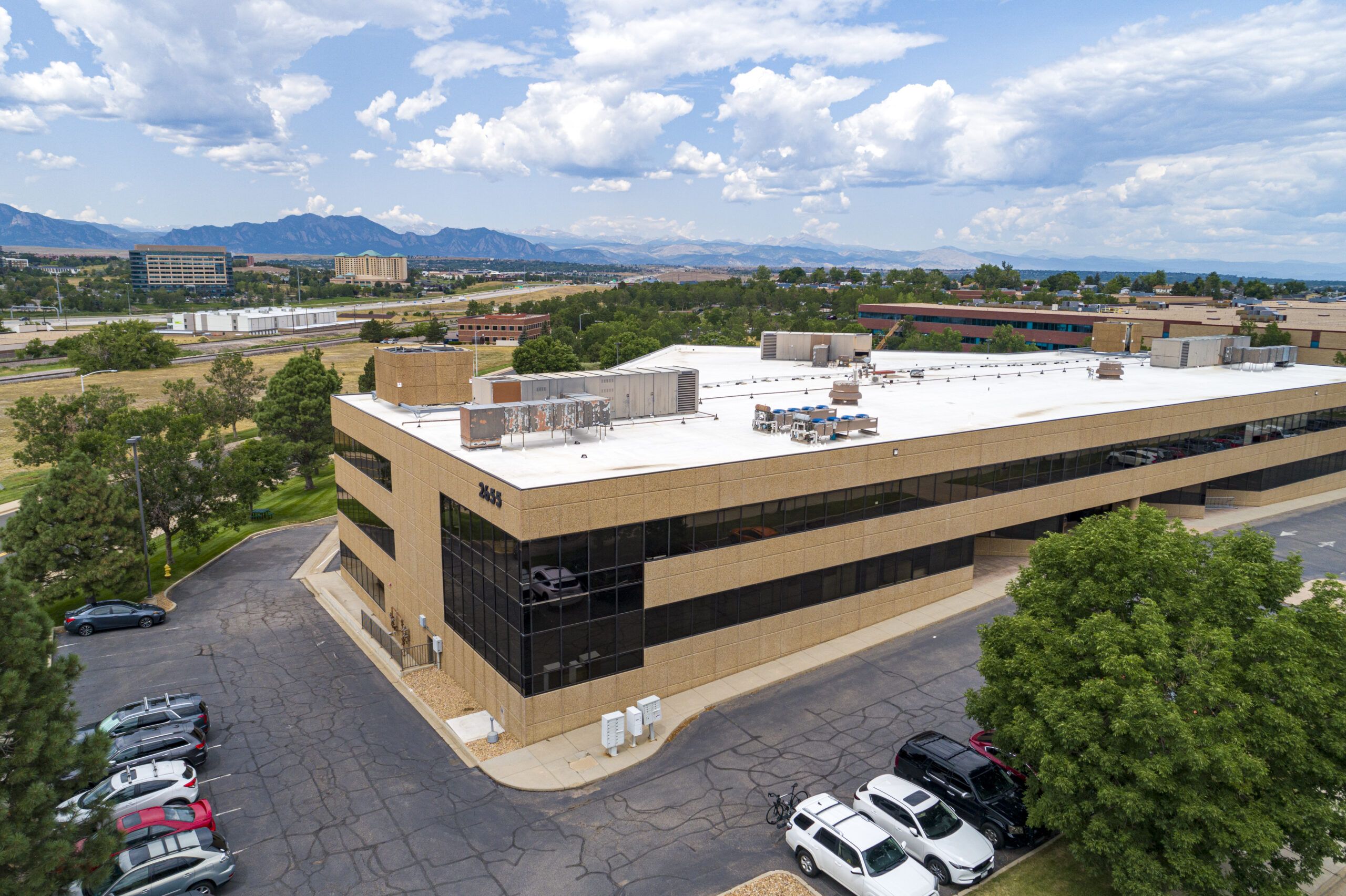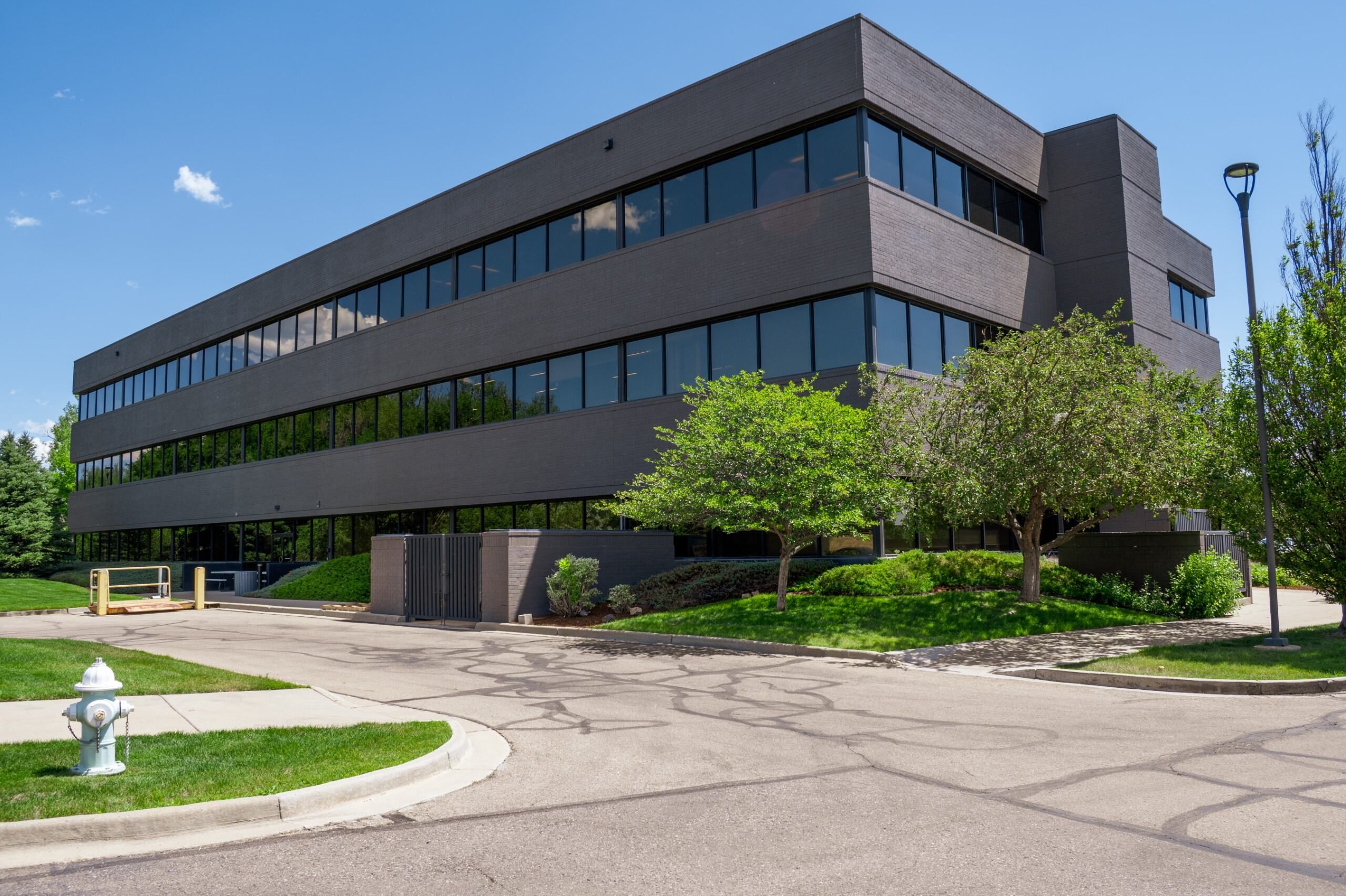Coworking generates networking, other benefits beyond office culture
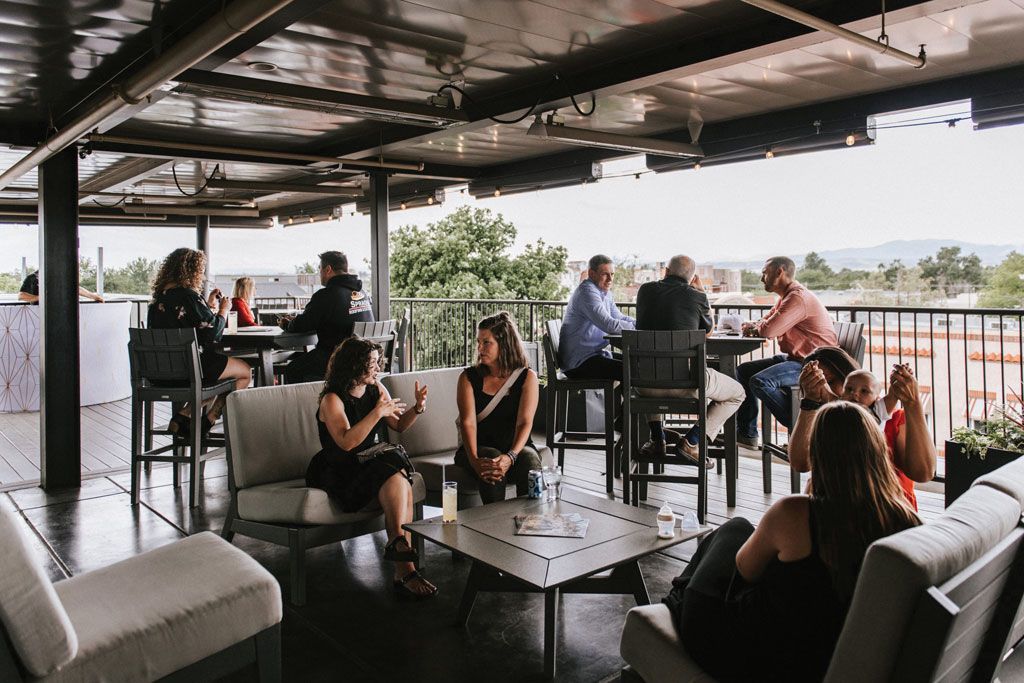
A burning question for desk chair co-owner Eli Scott revolved around the cost of coworking versus leasing or owning an office space.
“I figured it has got to be a lot more expensive than doing your own thing,” said Scott, COO of desk chair, a 24,000-square-foot coworking space in downtown Loveland.
But as Scott, who has a background in engineering and analytics, looked further and did some number crunching, he found that coworking is, in fact, less expensive for entrepreneurs and small businesses with staffs of up to 100 employees. He backed his numbers and the spreadsheet he created with an official white paper, “The True Cost of Independent Office Operation Compared to a Coworking Shared-Resource Environment,” published in spring 2023. The 25-page paper serves as a selling tool to prospective coworkers and as a way to help retain businesses considering leaving the building over perceived costs.
SPONSORED CONTENT
“I was surprised it’s cheaper to do coworking if you compare it to buying,” Scott said.
Scott conducted his research in April 2022 as coworking resurged following a hit during the COVID-19 pandemic with remote workers and individuals increasingly wanting to work out of the home. He expected an earlier crossover point in costs where coworking would become more expensive than leasing or buying — that point was at 100 employees for owning a property, instead of his estimated five to 10, he said.
To create his spreadsheet, Scott started with a baseline of similar properties, valued at $200 per square foot or with a lease price of $16 per square foot. He then considered the costs of office space per employee, administrative personnel, internet, utilities, waste removal, janitorial services, toiletries, and consumable and printing supplies.
“We didn’t even cover all the costs, like maintenance, which oftentimes is built into leases,” Scott said.
Scott calculated the average cost per employee per month for companies of various sizes, starting with microbusinesses that have one to nine team members, small enterprises with 10 to 50 team members, and medium-sized enterprises with 50 to 100 team members. The average space for team members is at least 600 square feet for teams of one to two employees and an increase of 175 square feet to accommodate each additional employee.
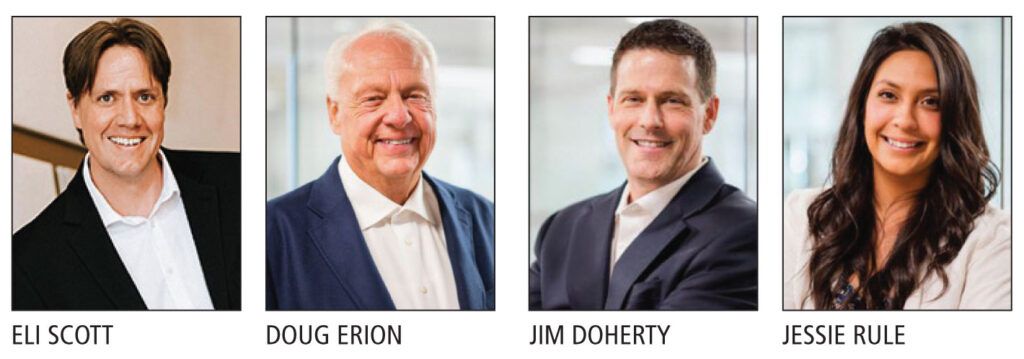
“When you look at our spaces … there is so much common space,” Scott said. “We have 5,000 to 6,000 square feet of common space.”
The result of Scott’s research is five key findings, including that the most expensive option is a private lease, and purchasing office space is the second most expensive option. After paying for a mortgage, the largest portion of the increased cost of moving to a purchased property is janitorial and administrative expenses. If rent is paid instead, janitorial services are the second highest cost, followed by triple-net costs and administrative services.
“The detail of costs associated with maintaining an office or workplace stood out in the study. Some I had not considered until the study, and some I thought of as the cost of doing business when they are actually the cost of maintaining an office,” said Doug Erion, the developer of desk chair. “The most surprising information in the study was that larger organizations would actually reduce the cost of maintaining office space in a coworking space.”
Desk chair’s costs start at $200 a month for a hot desk, where coworkers can come in each day and snag their favorite open desk, $345 to $395 for a dedicated desk where they can leave their stuff, and $625 for a private suite. The price goes up from there for teams of two or more, which can rent up to a 20-desk suite that can be expanded or contracted on a monthly basis without having to break a lease or sell a building. Right now, there are 153 members at desk chair.
“If you look at the price per square foot, it looks like it’s three to four times more expensive than leasing, but you’re not taking into account the other costs beyond the lease payment,” Scott said.
Desk chair like many of Northern Colorado’s coworking spaces has amenities and benefits that add to the value of the office space. There are places like Campworks, Office Partners on Pearl, Industrious Coworking and Kiln in Boulder; Cohere Coworking in Fort Collins; and The Times Collaborative in Longmont, plus a bunch of spaces in Denver. There also is coworking in smaller communities such as Louisville and Lafayette, plus shared offices throughout Northern Colorado without the common areas and amenities of coworking.
The Times Collaborative, for example, is a 6,500-square-foot building with 10 private offices, two conference rooms, a commercial kitchen that acts as a commissary, nine dedicated desks and up to 40 drop-in coworking desks for daily or monthly use — plus the first floor can be converted into a public or private event venue.
“It’s in interacting with other people to make ourselves better and start to solve problems in business and globally and as a team,” said Heather Marvin, founder and owner of The Times Collaborative. “It’s a natural offshoot of collaboration. We’re trying to bring together the community to celebrate and create meaningful relationships.”
At desk chair, there are four conference rooms, four informal meeting tables, three kitchenettes, six phone booths (for private phone calls or to escape the noise), 180 mailboxes, high-speed internet and a fitness room.
Then there are benefits like an onsite building manager in a concierge business model, onsite maintenance and IT, and a sandwich shop called Sandos Fresh Subs, plus free unlimited coffee and a free daily wine or beer pour.
“It was Doug (Erion)’s vision, the owner, not to only have a coworking space here — he’s a big advocate of entrepreneurs — he wanted to create an environment to easily get work done,” said Jim Doherty, community manager of desk chair, adding that an on-site gym and restaurant increases productivity from not having to leave the worksite. “You can do it all at work.”
Coworkers end up networking during member and other events and at the unofficial happy hour, which starts at about 3 p.m. They’re able to promote their businesses on a casual basis without having to go to an official networking event. The types of businesses they represent include real estate agents, marketers, software designers/engineers, salespeople, lawyers, accountants, writers, photographers and videographers.
“They’re still promoting their business naturally and organically instead of really having to go out there and do it,” said Jessie Rule, event director at desk chair.
Doherty calls the networking part of coworking “Knowledge Spillover.”
“Working alongside fellow coworkers from all sorts of backgrounds and experiences can be very productive on a day-to-day basis,” Doherty said. “For example, the young IT specialist overhears her Baby Boomer neighbor’s exasperation with his computer. It’s just human nature to help out.”
Desk chair has a two-fold, high-end event venue consisting of an indoor space, the Cleveland Room that seats 100, and an outdoor space called the Rooftop. The two spaces are used for private events such as wedding receptions, class reunions and corporate training. There also are public events, such as the Made in Loveland educational series in February and the Rooftop Socials, Loveland Open Dancing and Life Music on the Roof in the summer months, plus twice-monthly member events, such as happy hours and breakfast or lunches.
“For marketing purposes, the events get eyeballs in the building — it’s a great place to show off,” Doherty said. “A lot of coworking spaces have event spaces, too, but they might not be as elegant as ours.”
Visitors end up being curious about the building, and after asking a few questions some become members, Doherty said.
Another way people get to see the building is when coworkers meet their clients in their offices or by using one of the conference rooms, which elevates their professionalism, Rule said.
“With membership, they’re able to perform in a different way,” Rule said.
To get a copy of “The True Cost,” visit https://deskchairworkspace.com/.
A burning question for desk chair co-owner Eli Scott revolved around the cost of coworking versus leasing or owning an office space.
“I figured it has got to be a lot more expensive than doing your own thing,” said Scott, COO of desk chair, a 24,000-square-foot coworking space in downtown Loveland.
But as Scott, who has a background in engineering and analytics, looked further and did some number crunching, he found that coworking is, in fact, less expensive for entrepreneurs and small businesses with staffs of up to 100 employees. He backed his numbers and the spreadsheet he created with an official…
THIS ARTICLE IS FOR SUBSCRIBERS ONLY
Continue reading for less than $3 per week!
Get a month of award-winning local business news, trends and insights
Access award-winning content today!

